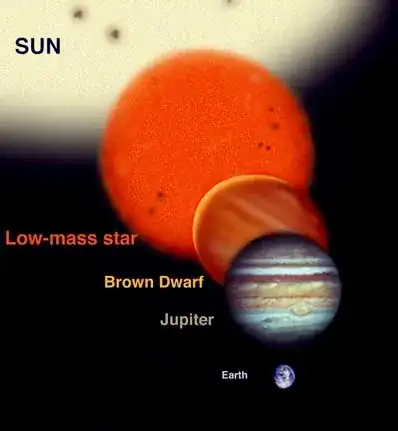We all know that mostly stars are at the center of planetary systems, but is it possible that instead of a star there was a rocky planet in the center with stars (and other planets and moons) orbiting it?
To be more concrete: Is it possible for a star to have the same mass and radius as e.g. the Moon and orbit a planet like Earth at the same distance (at which Moon orbits Earth in actuality)?
To further distinguish this from similar questions, I want to further ask whether the star will still be able to shine and fuse hydrogen if its mass and radius would be the same as the mass and radius of the Moon. Or is there a lower limit to the size of a star that can shine and fuse hydrogen?
